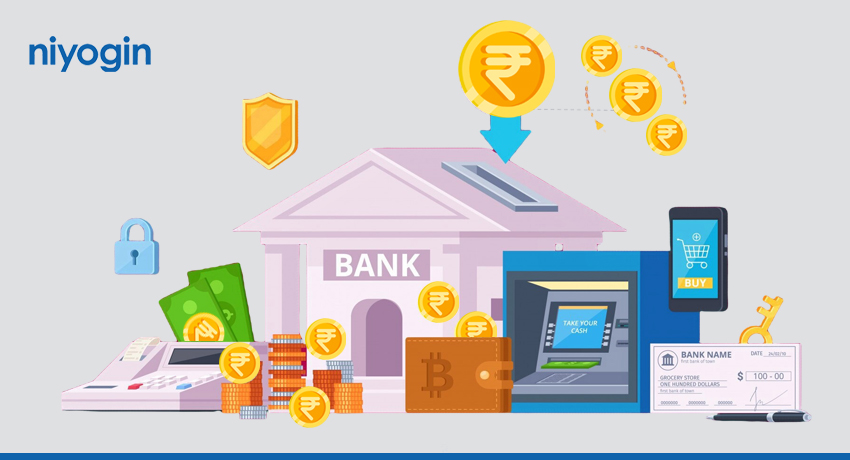Fintechs and small finance banks – Competition or Collaboration?

The financial landscape is undergoing a rapid transformation, driven by technological advancements and evolving customer expectations. At the heart of this disruption are fintechs, with their innovative solutions and agile approach, and small finance banks, striving to bridge the financial inclusion gap.
This dynamic interplay raises a critical question: are these two forces destined to be competitors or collaborators?
The intricate relationship between fintechs and small finance banks explores the potential synergies and challenges that shape their coexistence.
Alignment and Shared Vision
In today’s fast-paced era of digital banking, small finance banks aim to modernize banking through technology by aligning perfectly with fintechs’ commitment to financial innovation. This partnership leverages the strengths of both institutions, offering a wider range of accessible financial products and services through Fintech’s extensive distribution network.
Enhanced Products and Convenience
The usual product suite of small finance banks includes savings and current accounts with competitive rates and flexible features which could become conveniently available through a mobile app of any fintech company. This eliminates the need for physical visits to branches.
A fintech’s secure payment infrastructure further strengthens the user experience.
The collaboration between the two will empower aspiring entrepreneurs by providing financial support, flexibility, and expertise to grow their businesses. A 2024 report by the Reserve Bank of India highlighted that transactions through digital channels have seen a year-on-year increase of 30%, largely attributed to collaborations between SFBs and fintech firms.
This surge reflects the growing integration of technology in banking services.
Competition Fosters Innovation
The rise of fintechs has challenged the traditional banking landscape, including SFBs. Fintechs often offer more convenient and affordable financial solutions, attracting customers away from established institutions. SFBs are caught between traditional banks and fintechs, particularly in the digital space. They must adapt quickly to compete effectively. This competition can drive positive change, pushing SFBs to invest in technology, improve customer experience, and explore new business models. The relationship between fintechs and SFBs is multifaceted. While they compete in some areas, collaboration offers significant potential benefits for both parties and, ultimately, consumers.
Building Successful Collaboration
Strategic partnerships require trust, clear communication, and a shared vision for financial inclusion and innovation. Supportive regulations and policies are crucial for fostering collaboration and a fair playing field. The NASSCOM Fintech Report 2024 stated that SFBs have significantly increased their investment in fintech solutions, with a 40% rise in funding allocated to fintech startups compared to the previous year. This investment is focused on areas such as digital lending, payments, and customer engagement.
A Journey, Not a Rivalry
The dynamic between Fintechs and SFBs is far from a zero-sum game. Instead of viewing each other as competitors, both sectors have the opportunity to thrive through collaboration and constructive competition. By joining forces and leveraging their unique strengths, fintechs and SFBs can drive meaningful advancements in financial services, enhance access for diverse populations, and uncover new pathways for mutual growth and prosperity. This partnership promises not only to reshape the financial landscape but also to foster an environment where innovation and inclusivity flourish together.

